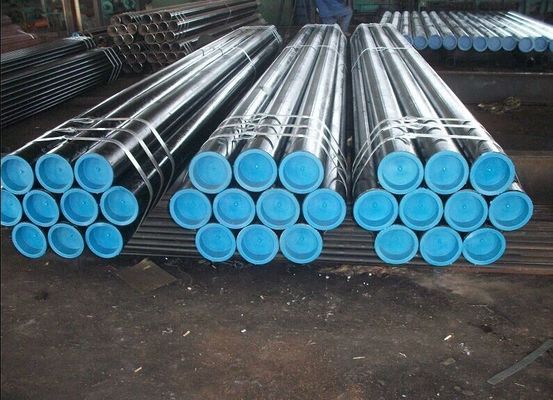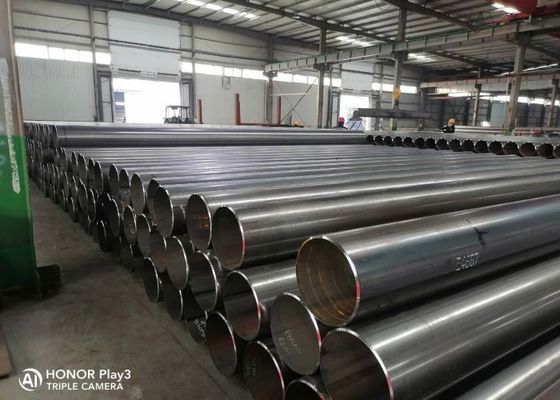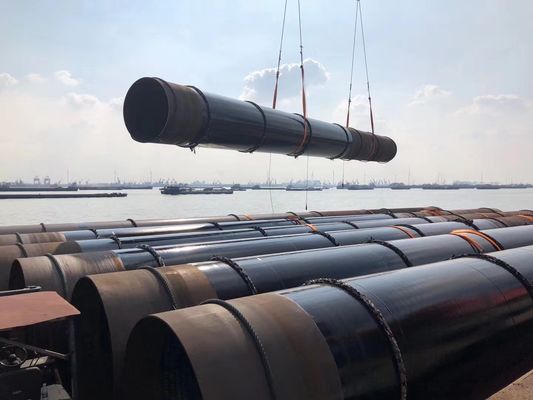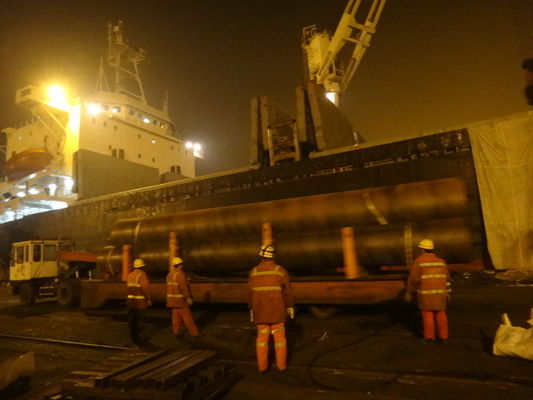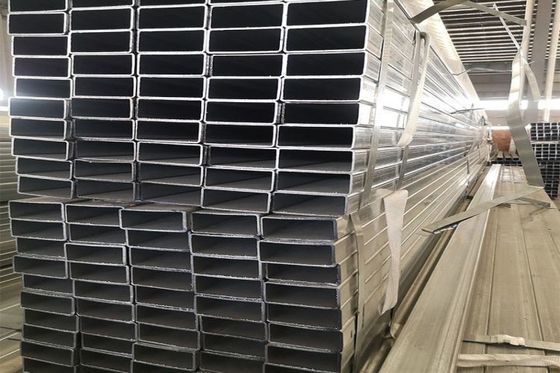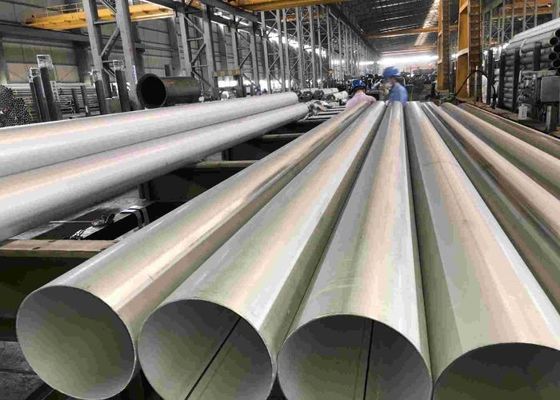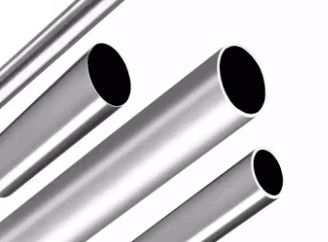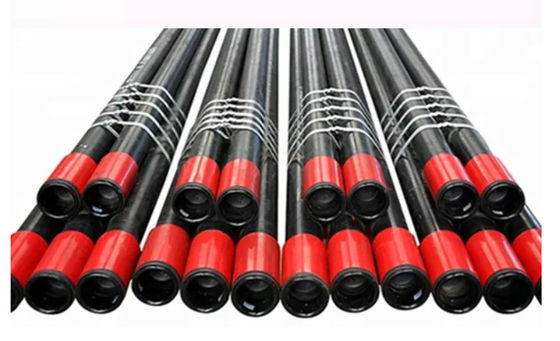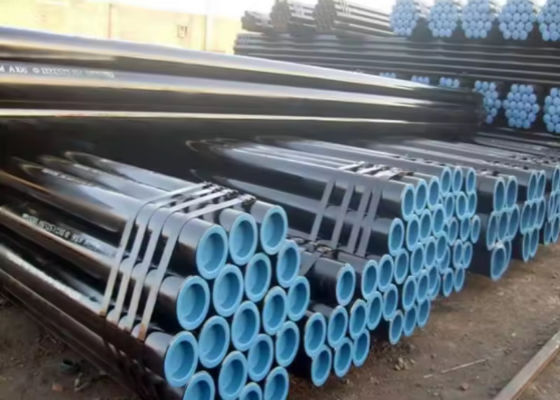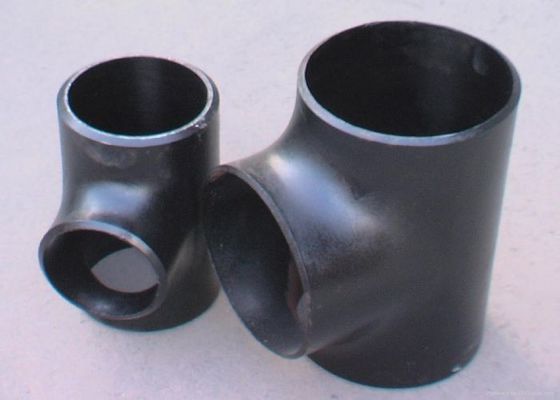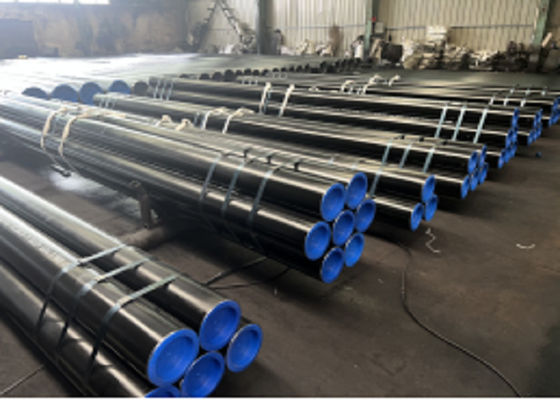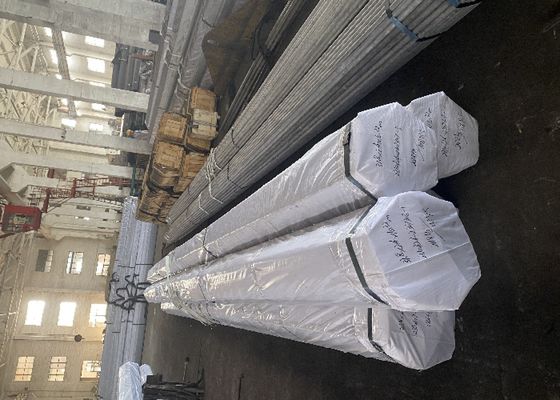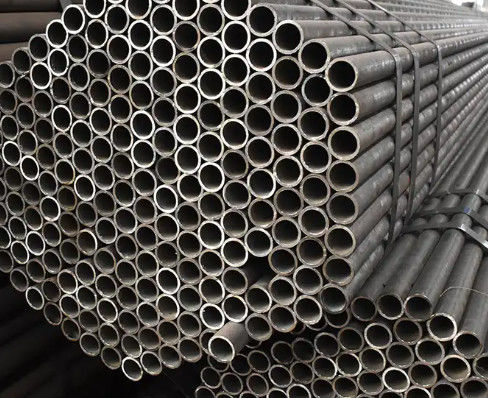Product Description:
High Heat Transfer Efficiency:
Our heat exchanger is designed to maximize heat transfer between fluids, ensuring efficient energy utilization and optimal performance.
Robust Construction:
The heat exchanger is constructed with high-quality materials to withstand harsh operating conditions and provide long-lasting durability.
Compact Design:
We offer compact heat exchanger solutions, allowing for space-saving installation and easy integration into existing systems.
Customizable Options:
Our heat exchangers can be customized to meet specific application requirements, including different sizes, materials, and configurations.
Features:
.
Technical Parameters:
Heat Transfer Area:
The heat transfer area refers to the effective surface area available for heat transfer. This area is typically measured in square meters (m²).
Heat Transfer Rate:
The heat transfer rate is the rate at which heat is transferred between fluids within a heat exchanger. It is typically expressed in kilowatts (kW) or British Thermal Units per hour (BTU/hr).
Fluid Flow Rates:
The fluid flow rates refer to the volume of the hot and cold fluids entering and exiting the heat exchanger. These rates are typically measured in liters per minute (LPM) or gallons per minute (GPM).
Inlet and Outlet Temperatures:
The inlet and outlet temperatures refer to the starting and ending temperatures of the hot and cold fluids within the heat exchanger. These temperatures are usually measured in degrees Celsius (°C) or degrees Fahrenheit (°F).
Applications:
HVAC Systems
In heating, ventilation, and air conditioning (HVAC) systems, heat exchangers are frequently utilized to transfer heat between air streams. This enables effective temperature control in buildings, enhancing comfort and energy efficiency.
Industrial Processes
Heat exchangers play a vital role in a variety of industrial processes, including chemical manufacturing, petroleum refining, power generation, and food processing. They facilitate heat transfer for a range of applications, such as heating, cooling, condensing, and evaporation, contributing to the overall efficiency and success of these industries.
Refrigeration and Air Conditioning
Heat exchangers are essential components in refrigeration and air conditioning systems, enabling the transfer of heat between refrigerants and the surrounding environment. This helps to maintain desired temperatures and ensures optimal performance and energy efficiency of these systems, making them indispensable in numerous commercial and residential settings.
Packing and Shipping:
Packaging and Shipping
- The Heat Exchanger Steel Tube is packed in wooden cases or bundles suitable for long-distance transportation.
- The tubes are covered with plastic caps to protect the ends during shipment.
- Each bundle or case is clearly marked with product information and specifications.
- The shipment can be made by sea, air, or land, depending on the customer's preference.
- For international shipments, all necessary documents and certificates will be provided.

 Your message must be between 20-3,000 characters!
Your message must be between 20-3,000 characters! Please check your E-mail!
Please check your E-mail!  Your message must be between 20-3,000 characters!
Your message must be between 20-3,000 characters! Please check your E-mail!
Please check your E-mail! 
